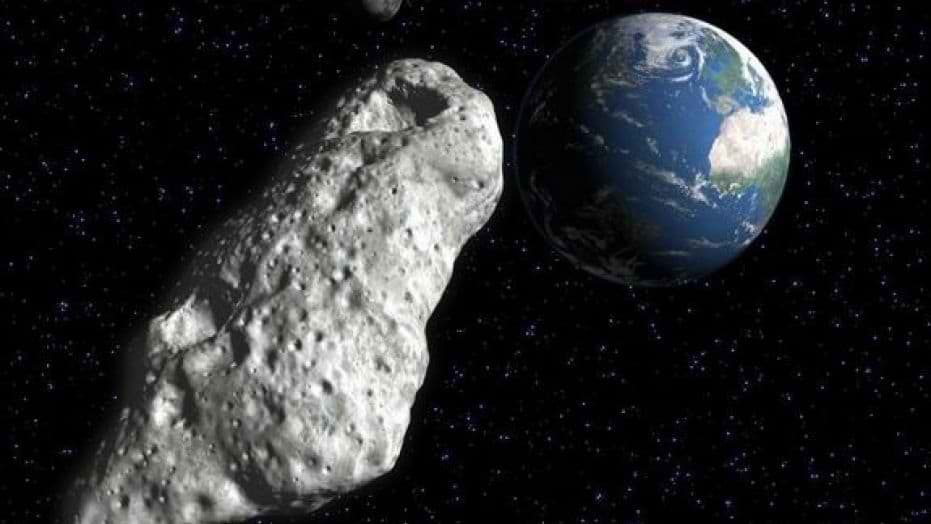
An asteroid similar in size to one that exploded more than 100 years ago in Russia’s Tunguska region in Siberia gave Earth a close shave on Sunday (April 15), just one day after astronomers discovered the object.
The asteroid, designated 2018 GE3, made its closest approach to Earth at around 2:41 a.m. EDT (0641 GMT), whizzing by at a distance of 119,400 miles (192,000 kilometers), or about half the average distance between Earth and the moon, according to NASA’s Center for Near Earth Object Studies (CNEOS).
NASA estimated that this asteroid measures 157 to 360 feet (48 to110 meters) wide, making the space rock up to 3.6 times the size of the one that leveled 500,000 acres (2,000 square kilometers) of Siberian forest when it exploded over Tunguska in 1908.
This newfound asteroid is three to six times as big as another recent meteor, the one that broke up over Chelyabinsk, Russia, in 2013. That object injured more than 1,200 people and damaged thousands of buildings up to 58 miles (93 km) away from the impact site.
“If 2018 GE3 had hit Earth, it would have caused regional, not global, damage, and might have disintegrated in the atmosphere before reaching the ground,” SpaceWeather.com reported. “Nevertheless, it is a significant asteroid, illustrating how even large space rocks can still take us by surprise. 2018 GE3 was found less than a day before its closest approach.”
The asteroid 2018 GE3 was first spotted on Saturday (April 14) at 5:23 a.m. EDT (0923 GMT) by astronomers at the Catalina Sky Survey, a NASA-sponsored program based at the University of Arizona in Tucson. This first sighting occurred just 21 hours before the asteroid’s closest approach to Earth.
